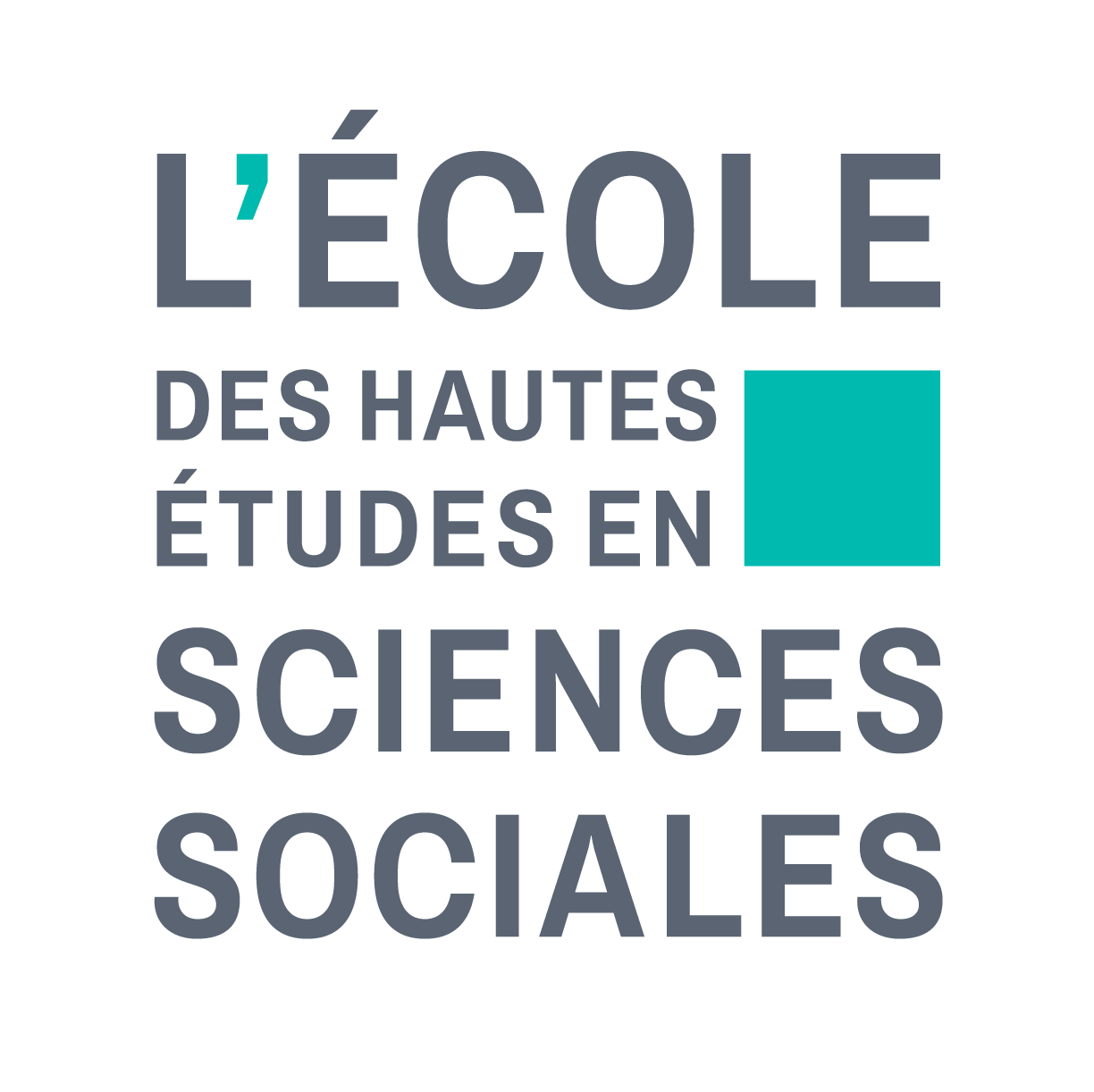ROBOTS IN THE WILD
Résumé
This exploratory research project looks at how robots interact with the French public in the 'wild'; that is, outside of the controlled environment of the laboratory or the psychological experiment. The aim was to understand concrete human-robot interactions as they happen from an ethnographic perspective. Under what conditions did interactions with robots foster a sense of the robot being alive? For this, I used a heuristic device called the animation continuum that I have developed in the context of Japanese research on animism. My initial intention was to undertake intensive participant observation at the Mairie du 15ième, but the trial with Pepper and Nao was suspended due to the coronavirus pandemic. Instead, regular weekly observation was carried out in the robot exhibition at the Cité des Sciences et de l'Industrie and, for a shorter and more intense period, at the Japan Expo. In both sites it became clear that constraining the openness of a situation was the most important requirement for successful interaction. By providing a clear frame of reference-the environmental constraints at the museum and the frame of the wrestling match at the Caliban stall-simple movements or gestures were transformed into meaningful behaviour. The robots did not even have to work properly, quite the contrary: it was often resistance to expected behaviour, theorised here as recalcitrance, that led to the attribution of agency, volition and personality.
| Origine | Fichiers produits par l'(les) auteur(s) |
|---|---|
| licence |





